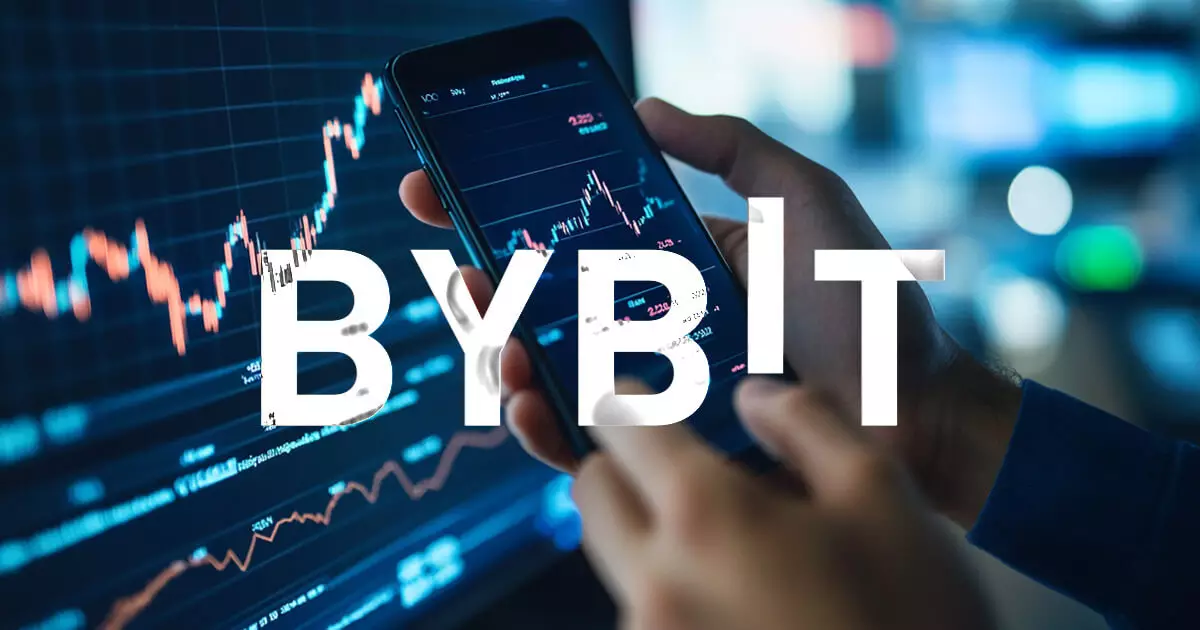Bybit’s recent announcement regarding the discontinuation of its Web3 products and services by the end of May marks a pivotal moment for the cryptocurrency exchange. Ostensibly, this move is couched in the language of progress and innovation, yet it raises significant concerns for users who have relied on these services. The decision to phase out the Cloud Wallet and Keyless Wallet, among other services, signals a bold operational realignment that could leave many users scrambling. Rather than merely a financial transaction platform, Bybit positioned itself as a comprehensive Web3 ecosystem. However, this dramatic retraction seems to indicate a retreat from that vision.
Implications for User Trust
Users are being urged to hastily transfer their assets from the phasing-out wallets to alternative accounts—a process that, if mishandled, can lead to severe consequences, including potential asset loss. This urgency raises alarms: How much trust can users realistically place in Bybit’s new strategy? The last-minute advice to vacate wallets, combined with the threat of identity verification should deadlines not be met, feels less like a user-centric enhancement and more like an operational scramble. Furthermore, users’ reliance on failing wallets deprives them of the calm assurance that should accompany handling digital assets.
The Shrinking Web3 Experience
The discontinuation of crucial services like DEX Pro and NFT Marketplace fits into a broader narrative of a shrinking Web3 experience. While Bybit ostensibly claims that these cuts will allow for resource refocusing and more efficient offerings, it may also signal a lack of commitment to Web3 innovation. Removing these features could alienate a segment of the user base keen on diversifying their crypto engagement. With marketplaces going offline and NFT functionalities being stripped away, the environment feels increasingly hostile to those who have invested their time and resources into Bybit’s once-promising platform.
Identifying Simpler Alternatives
In the wake of these changes, crypto users might find themselves more inclined to explore alternative platforms that prioritize a comprehensive Web3 experience. A cheaper alternative with a better user interface and fewer abrupt service disruptions may quickly gain ground. As Bybit pivots, users could set their sights on competitors that display a more sustainable model—one that embraces, rather than retracts from, Web3 innovations. Despite the uncertainty surrounding Bybit’s latest direction, competition is fierce and promises more user-friendly options.
What Lies Ahead
As Bybit boldly steps back from its Web3 commitments, the consequences for the bigger picture in the cryptocurrency landscape remain to be seen. The exchange’s focus may now shift toward frameworks that might be economically clearer but lack the innovative spirit that attracts crypto enthusiasts. In a market characterized by volatility and unpredictability, Bybit’s bold action stands as a testimony to the complexities of maintaining user loyalty amidst shifting operational priorities. How this dynamic will unfold in a landscape where user experience is constantly evolving will be crucial for cryptocurrency’s broader acceptance and usability.

